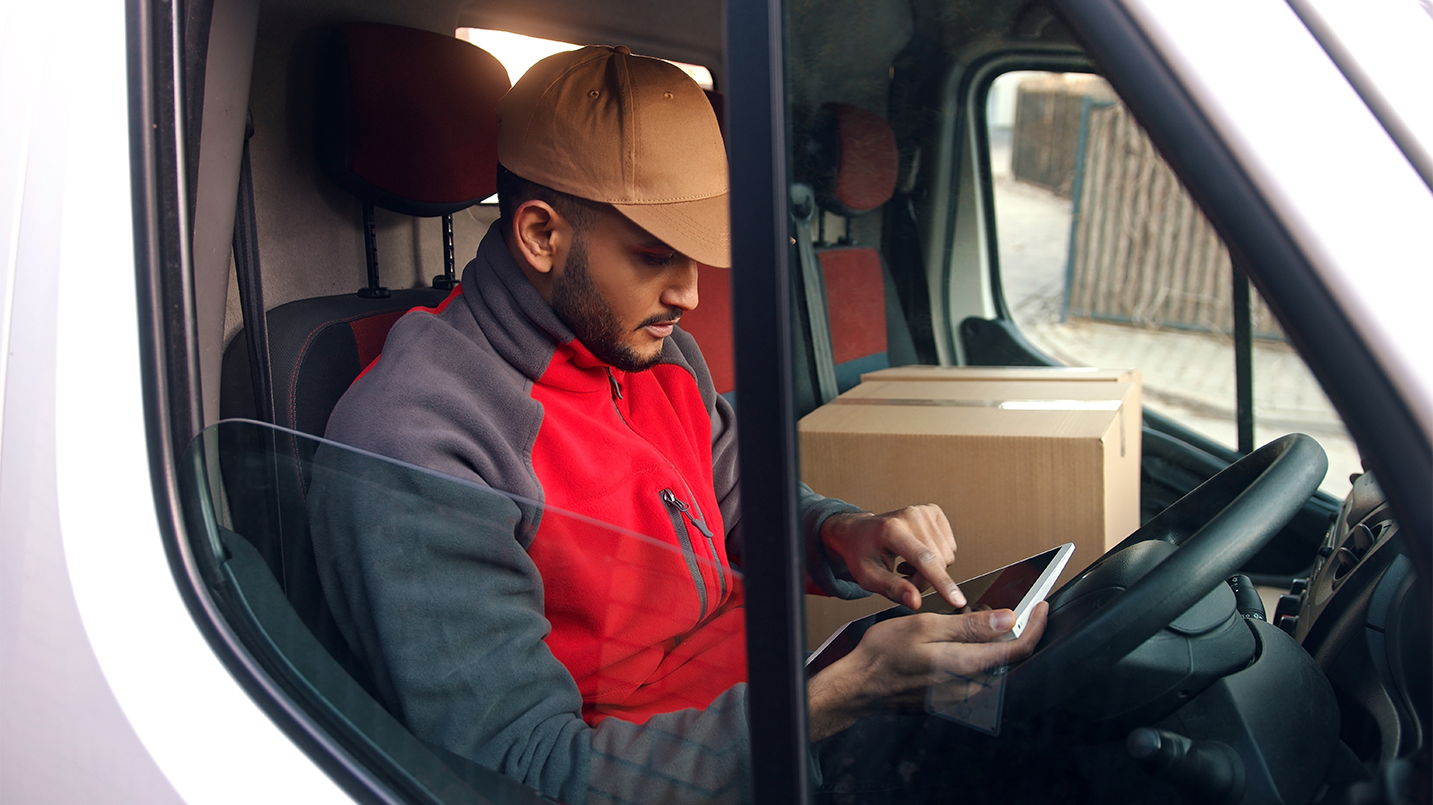-
What We DoFrom fleet management and productivity solutions to upfitting, fabrication, and insurance, Holman has the integrated automotive services expertise to keep your business moving.Overview
-
ResourcesWe have a lot to share. Browse our resources library for current insights, data, strategies, and success stories from our own experts in their respective fields.Overview
-
About UsWhen Holman was founded in 1924, we set something positive in motion. Our consistent focus on people and our commitment to integrity make us who we are today.Overview
 Join Our TeamWe’re not just in the automotive business, we’re in the people business. Join us for the ride.Browse Careers
Join Our TeamWe’re not just in the automotive business, we’re in the people business. Join us for the ride.Browse Careers
Hands-Free Driving Rules? – Tips to Staying Safe and Compliant

Whether you’ve been driving a day or a decade, road safety should always be a top priority. As technology evolves and regulations adapt, staying informed on the latest rules about hands-free phone use while driving remains a key area for ensuring safe and responsible driving. So, check out the following practical tips for safe hands-free phone use.
The Rules
Since March 2022, it has been illegal to touch your phone while driving in the UK, and includes answering calls, texting, scrolling through music, taking photos, or even just holding the device.
The ban applies even when you’re stopped at traffic lights, stuck in queuing traffic, supervising a learner driver, or driving a car with stop-start technology – being stationary doesn’t mean your attention should be!
Despite the ban, a recent report by the RAC reveals that a concerning 25% of all drivers still illegally use handheld phones while driving. This figure rises to 49% of drivers aged between 17 and 24.
Using a phone, sat nav, tablet, or any other device that can send or receive data is included and could result in a fine of up to £1,000, 6 points on your licence, and even a driving ban.
The Risk
While there are currently no plans in place to ban hands-free equipment, research shows that any activity that distracts you while driving, even hands-free, significantly increases your risk of a crash. According to a recent study by the Institute of Advanced Motorists (IAM):
- You’re 4 times more likely to crash if you use your phone while driving.
- Your reaction times are 2 times slower when using a hands-free phone compared to driving under the influence of alcohol – and this increases to 3 times slower if you use a handheld phone.
Exceptions to the Rules
However, there are times when you can use a handheld, including:
- You need to call 999 or 112 in an emergency and it’s unsafe or impractical to stop.
- You are making a contactless payment at, for example, a toll road or drive-through.
- You are parking the vehicle remotely using an App on the phone.
While using a built-in system or dashboard mount is okay, ensuring it has hands-free access such as using voice controls and doesn’t obscure your view is a must. And of course, passengers can use the devices and phones, but their activities shouldn’t distract you.
Tips for a Safe Hands-Free Experience
Although using hands-free options are permitted, it shouldn’t be the green light to multitask. Distracted driving, even using hands-free devices, will not only put you at risk of distraction and therefore having an accident, but could land you in trouble with the police. Below are some tips to stay safe while driving:
- Plan Ahead: Set up your directions, playlists, and messages before driving. Avoid fiddling with settings or composing replies on the go.
- Familiarise with built-in systems: Most newer vehicles will be equipped with built-in systems for navigation, calls, music etc. It’s important to set up and get to grips with the hands-free system before using it while on the move as each system is different.
- Invest in hands-free kit: For vehicles without built-in systems, choose a reliable mount or hands-free kit and position it close to your line of sight and away from obstructing your view.
- Minimise Interactions: Limit hands-free calls and prioritise voice commands for essential actions like navigation – ideally your phone will be connected to the vehicle’s Bluetooth.
- Pull Over If Needed: If a call or message demands your attention, find a safe place to pull over and park completely before engaging.
Conclusion
Keeping yourself and your passengers safe should always be the number one priority when driving. With distractions playing a large factor in a substantial number of accidents, and the worrying number of drivers still opting to use their phones, it can’t be underestimated the benefits of planning ahead and prioritising safe driving habits to help protect yourself and everyone on the road.
At Holman, we’re committed to promoting a culture of safety. Our Driver Risk Management Programme is designed to help you identify areas for improvement, measure the impact of corrective action, and facilitate targeted training to enhance driving skills and importantly, driver safety.
Together, we can all contribute to a safer driving culture. Spread awareness among friends and family and encourage responsible habits on the road. Remember, your phone can wait, but the road won’t.
Related Resources
Explore more related industry news, insights, and developments.
It looks like you've navigated to our Holman UK website and are located outside of this region. Would you like to continue or select a different region?
✕






